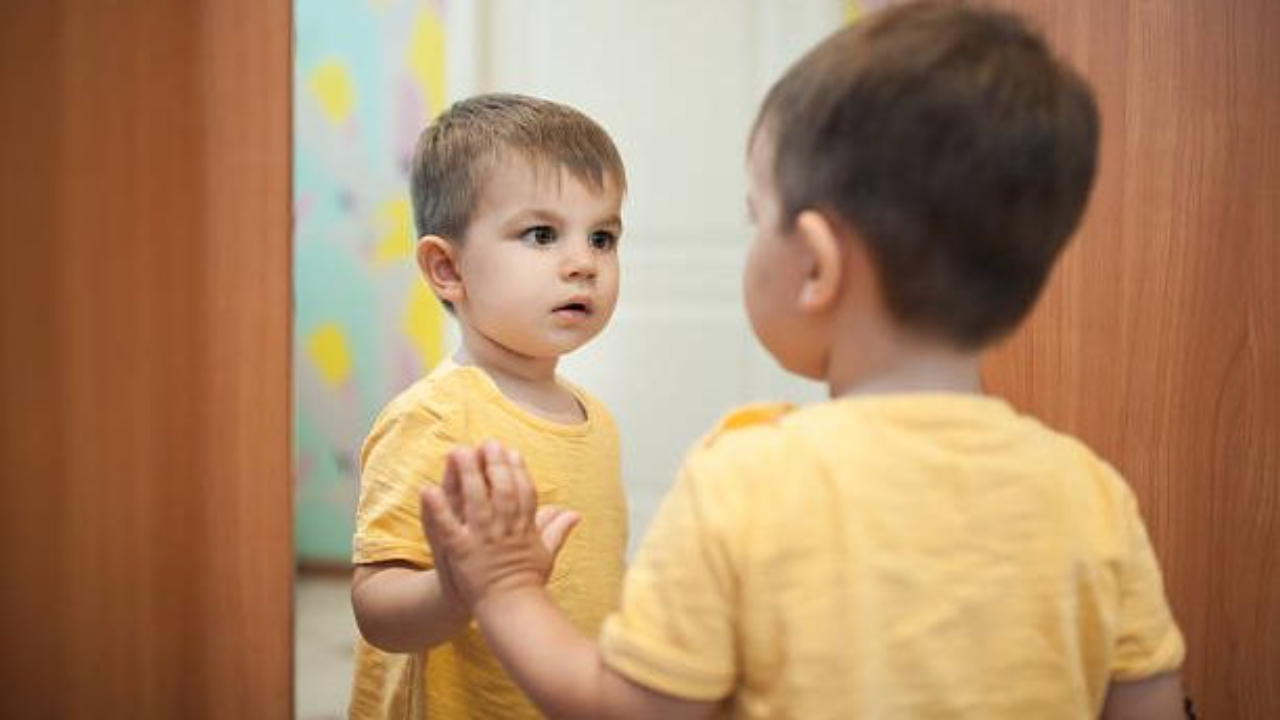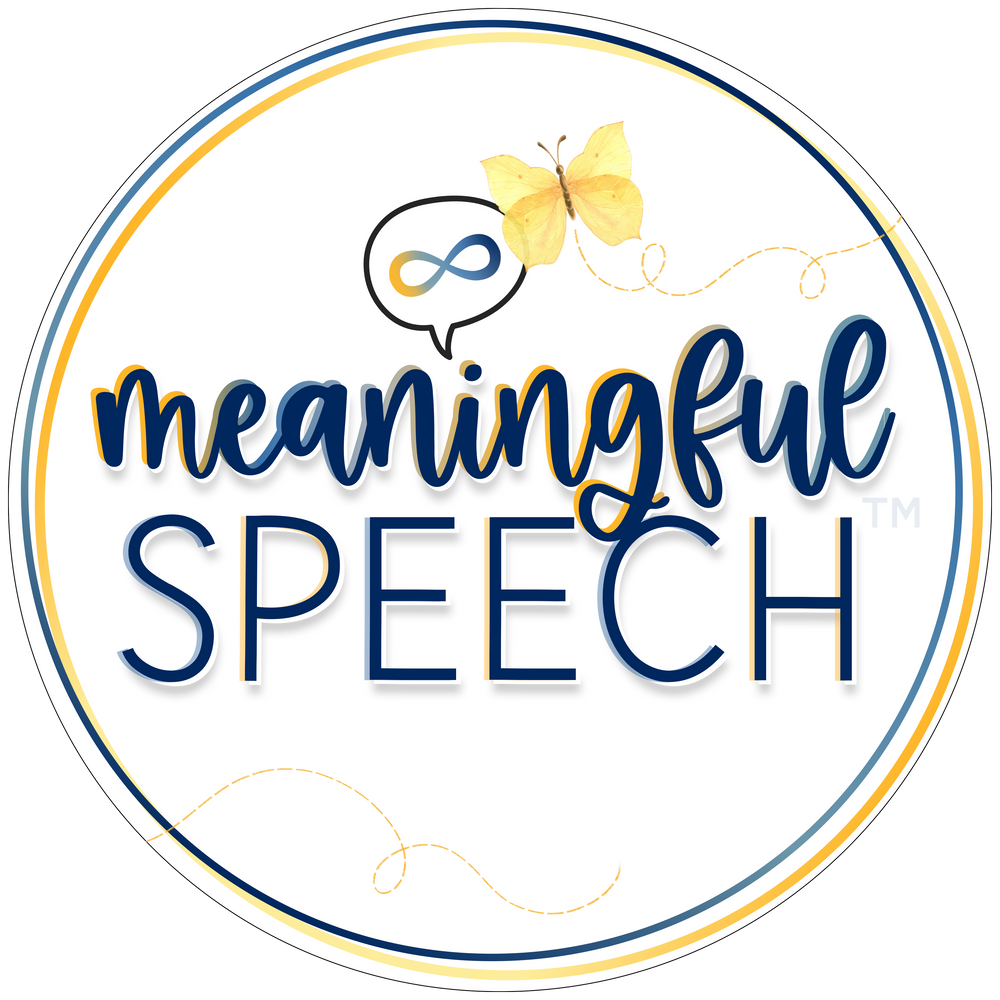What is echopraxia?
Apr 19, 2023
You might be familiar with echolalia, but have you heard of echopraxia? Many people haven’t. If you have, it’s possible that you may have read or been told misleading information about it. Echopraxia is something that is very common among gestalt language processors. If you’re supporting a gestalt language processor either as a parent or professional, you’ll want to know more about it.
So, what is echopraxia?
In short, echopraxia is echolalia with movements, not speech. Echopraxia is very common amongst gestalt language processors and autistic individuals. It is similar to delayed echolalia because it’s used to communicate a gestalt through movements that encompasses a larger meaning, often a full experience. Echopraxia can be as simple as making the same sad face as a character in a show in order to communicate the gestalt from the show. It can be as complicated as acting out a full scene from a youtube clip using their arms, legs, and face. Echopraxia just like echolalia communicates. For gestalt language processors, it is not involuntary. It is a voluntary way of communicating something to us. When we look at it as a gestalt we can follow the same "guidelines" we often share about responding to a spoken gestalt.
Here are some examples:
Example 1: A five-year old gestalt language processor is attending speech-language therapy. The first time their speech-language pathologist went into the storage closet during a session to find a tub of legos they opened the container and held it with one hand and then shut the door while holding the lid in the other hand. Every single time the client shut doors after that he looks around to first to find a lid and then holds it in his hand while he shuts the door.
Example 2: A child communicates by acting out a whole scene from an episode of Peppa Pig. During this episode, Peppa is sick in bed. They have to call Doctor Brown Bear who comes over and discovers Peppa has a rash and needs medicine. The child acts out this scene every time they don’t feel well. They are communicating through these actions that they do not feel well.
Important note about Echopraxia
Many people do not understand echopraxia. A quick search will yield you misleading information such as saying it's the involuntary copying or mimicking of someone else's movements. For example, copying their facial expression or moving your arms the same way they moved their arms. The word involuntary is wrong. We've even come across blogs and articles that say it's a tic or part of mental illness. This information is wrong.
So what should we do when a child uses echopraxia?
We give the same strategies for supporting echopraxia as we do with delayed echolalia. Although we may not always immediately know the meaning/what the child is trying to communicate, they are both meaningful and should always be treated as such.
- Acknowledge the echopraxia. You do this by repeating the movement(s) or just nodding, smiling, saying "yea" or "ok."
- Do the detective or investigative work if you can! You can do this by talking to and asking parents/caregivers about the movements. They know the child best and may know what the child is likely trying to communicate or help you figure out where to look. You might watch the child’s favorite shows or YouTube clips. Doing so might help you figure out the context of the movements and figure out the larger meaning behind the gestalt/echopraxia.
- Educate others in your client/student/child's life about echopraxia and echolalia! How can you do this? Share this blog post as a start!
- Accept that this is a valid way of communicating for this child/person. Again, even though you may not immediately know the meaning or what the child is trying to communicate, it’s still meaningful. We want the child to feel heard, safe, and connected to us as communication partners. We do this through acknowledgment and interaction of all communication.
Want to learn more in-depth information about how to support gestalt language processors?
- There are many free podcasts, webinars and articles to get you started. A comprehensive list of resources can also be found on our website and Communication Development Center's website.
- Consider taking the Meaningful Speech course to learn more about how your child or client processes language, how you can help support them from echolalia to self-generated (original flexible) language, child-led therapy, and neurodiversity-affirming practices.
- Consider taking our AAC + Gestalt Language Processing course. It will teach you how to identify, evaluate and support gestalt language processors who use AAC or who you think might benefit from AAC.
- Look for a speech-language pathologist (SLP) who "gets it" and can help you in supporting your child's language development. Check out our registry for SLPs who understand gestalt language processing and child-led therapy.
